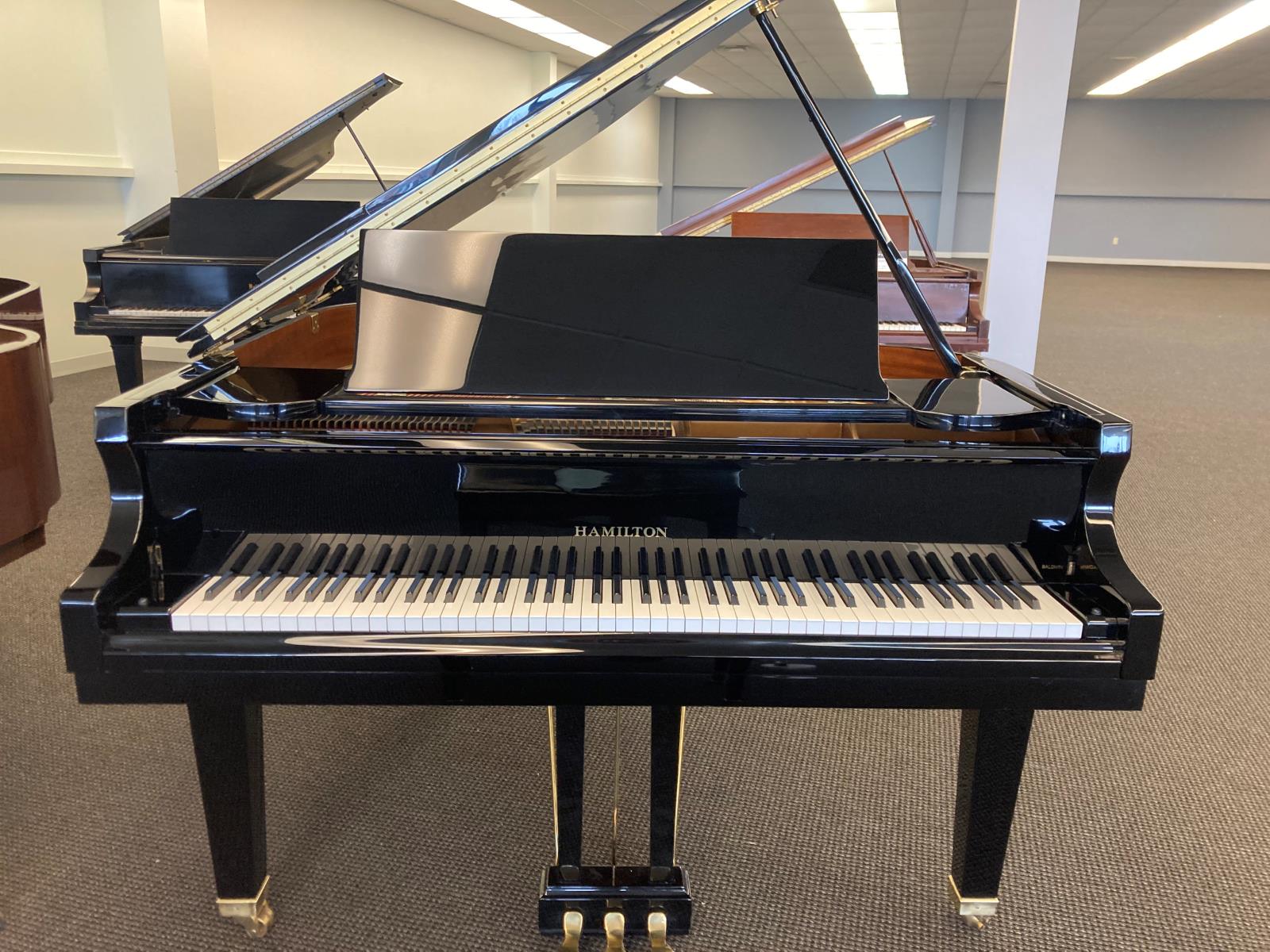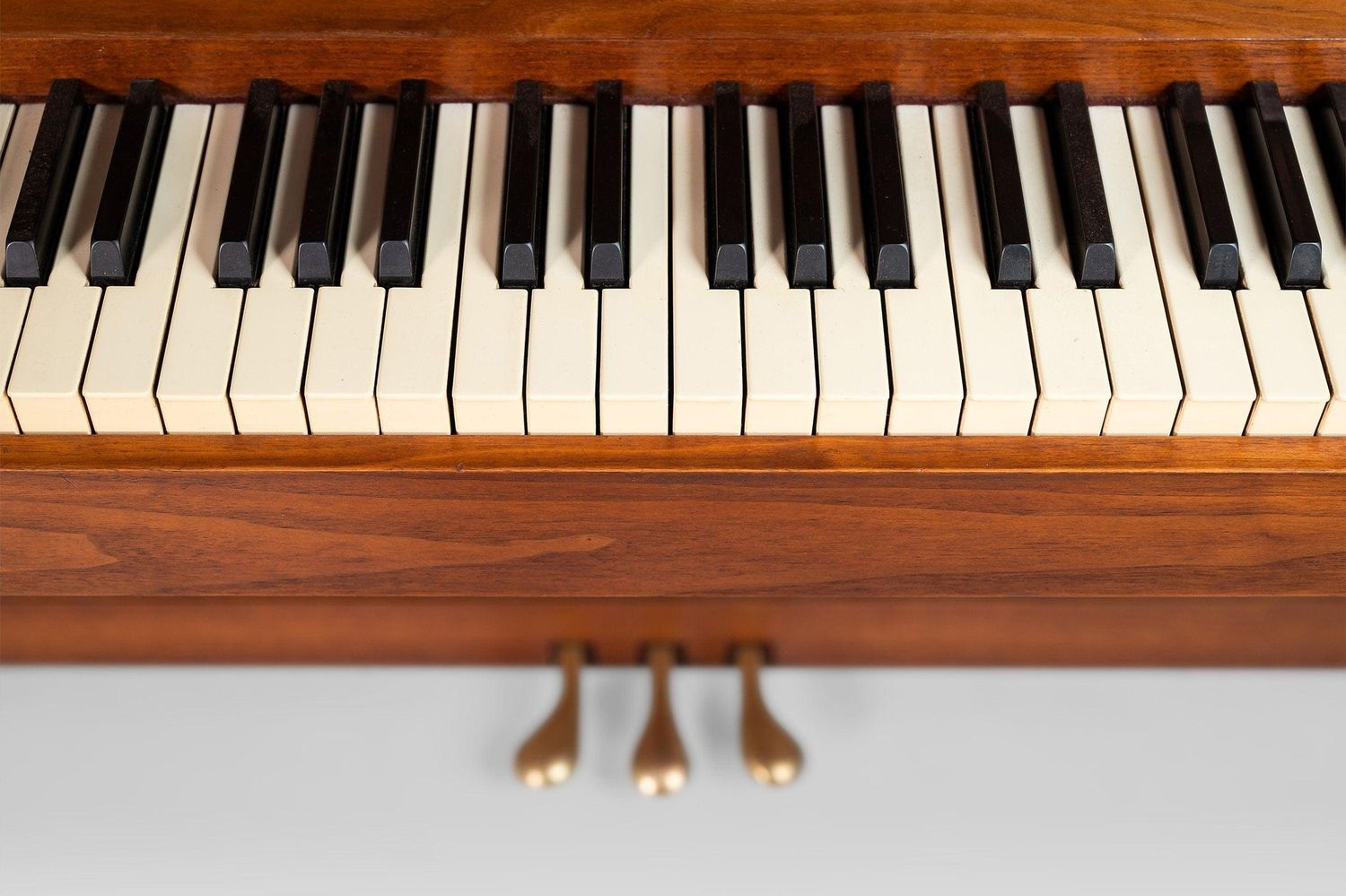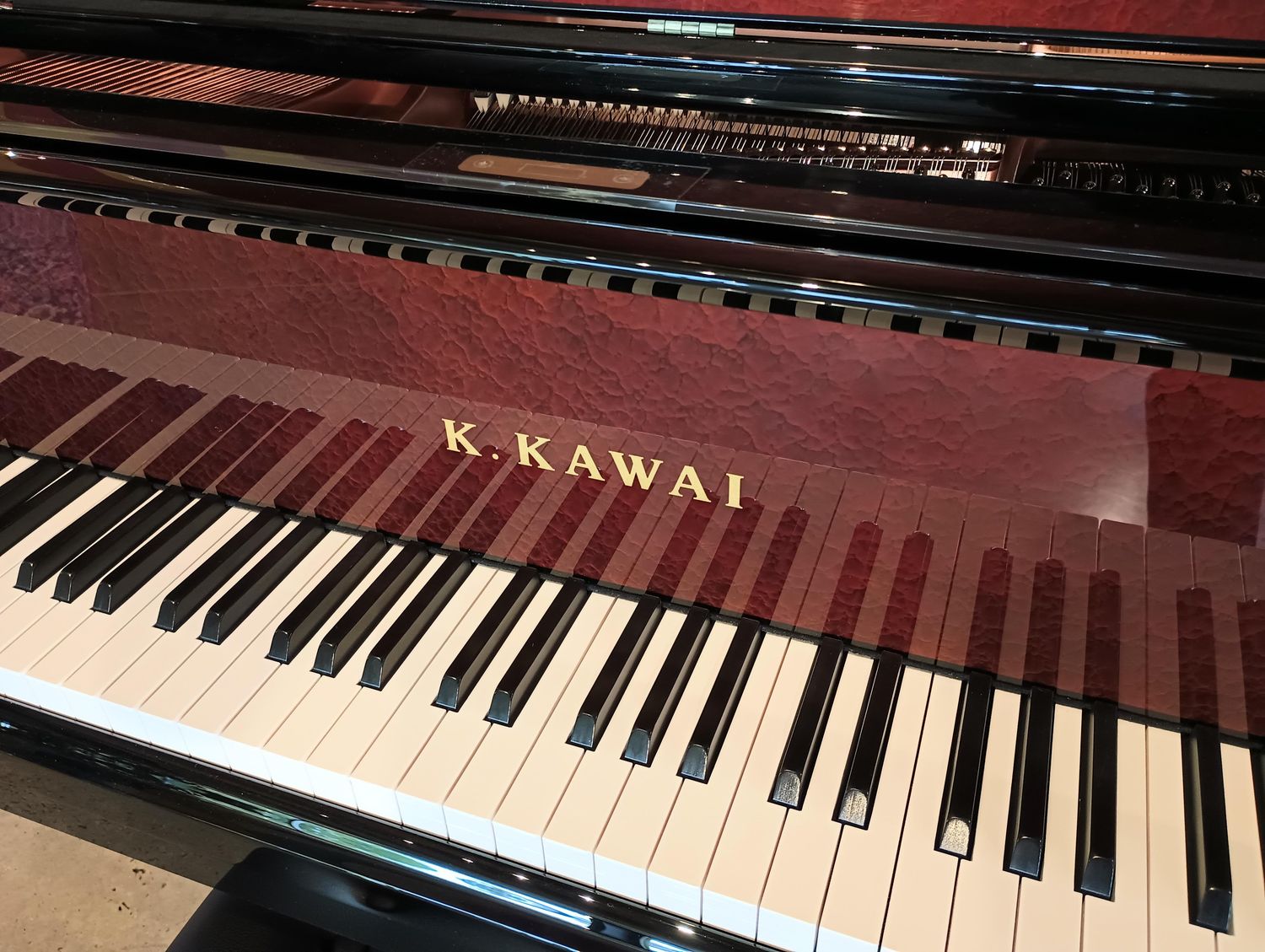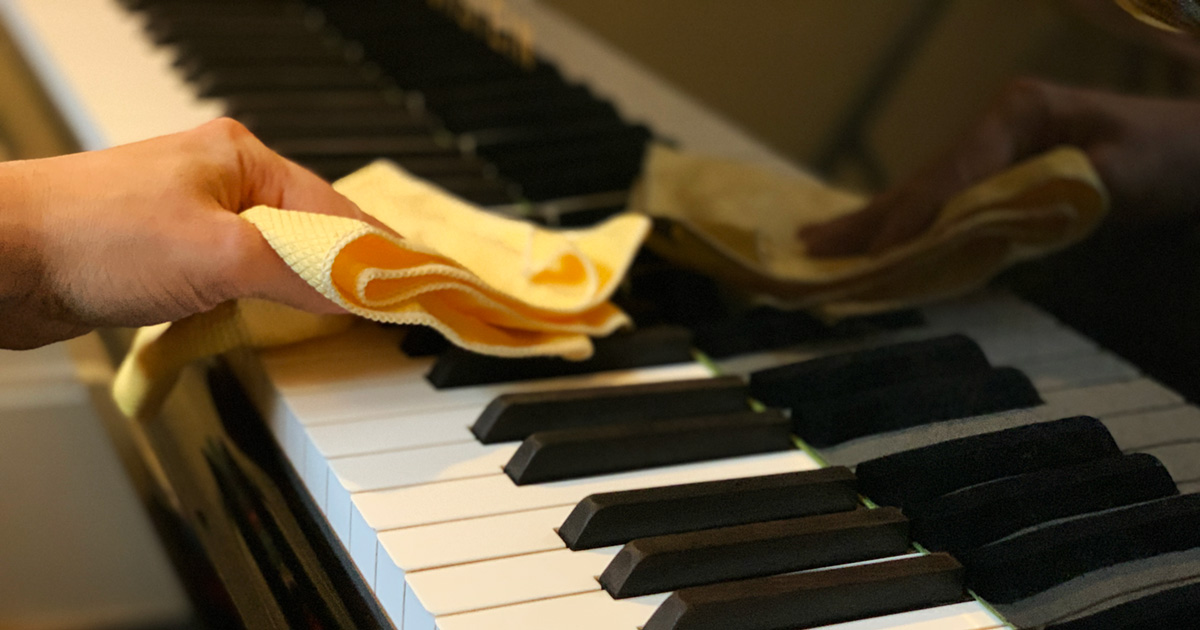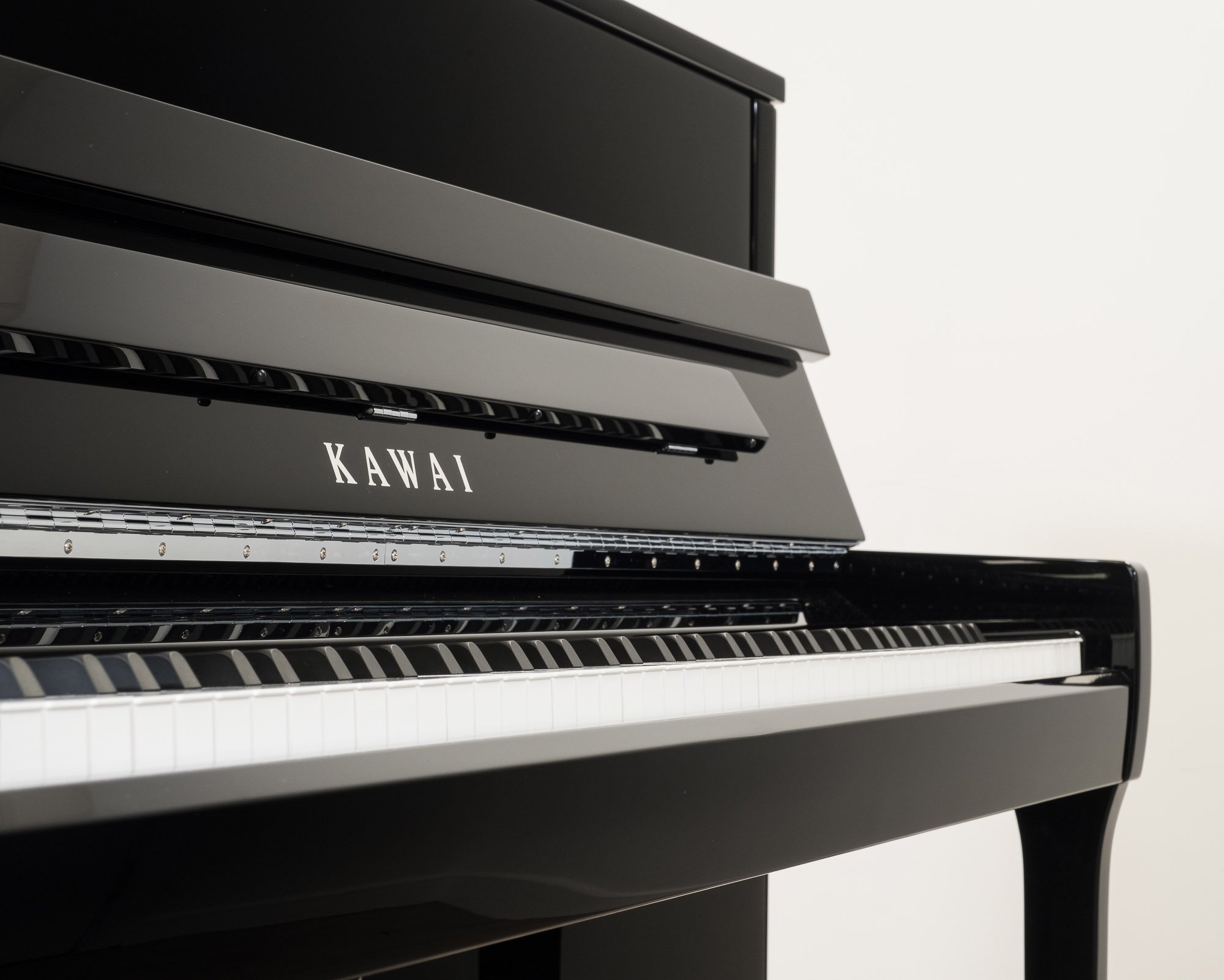Home>Instruments>Piano>How To Fix Sticky Piano Keys
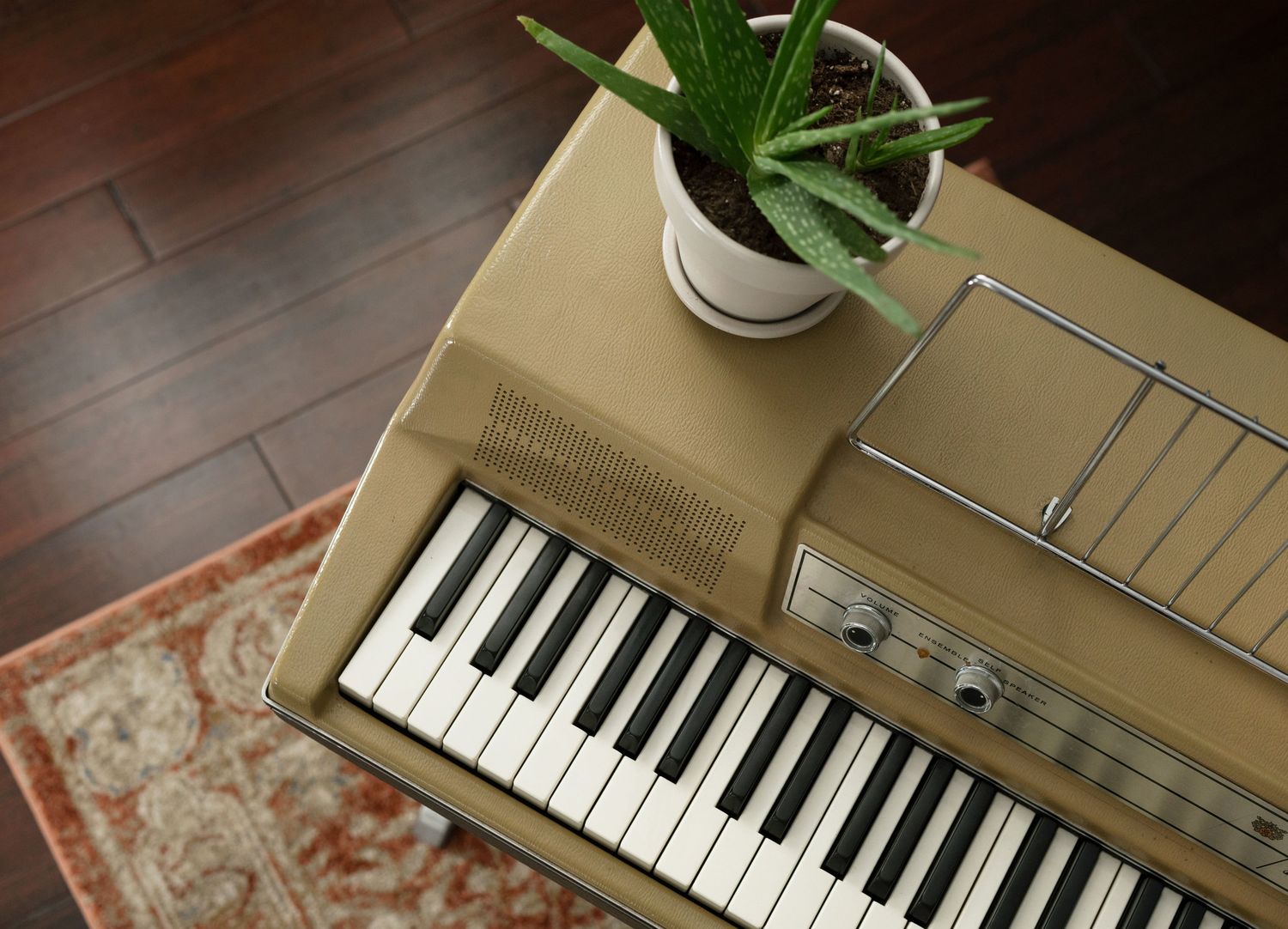

Piano
How To Fix Sticky Piano Keys
Published: February 10, 2024
Learn how to fix sticky piano keys with our expert tips and techniques. Keep your piano in top condition and enjoy smooth, effortless playing.
(Many of the links in this article redirect to a specific reviewed product. Your purchase of these products through affiliate links helps to generate commission for AudioLover.com, at no extra cost. Learn more)
Table of Contents
Introduction
So, you’ve sat down at your beloved piano, ready to play your favorite piece, only to find that some of the keys are sticking. It’s frustrating, right? But don’t worry – sticky piano keys are a common issue that many pianists encounter, and the good news is that it’s often a problem that can be fixed without the need for professional intervention.
In this comprehensive guide, we will delve into the reasons behind sticky piano keys and provide you with a step-by-step solution to resolve this pesky problem. Whether you’re a seasoned pianist or just starting out, understanding how to address sticky keys is an essential skill that will keep your instrument in optimal playing condition.
As we embark on this journey to restore the smooth functionality of your piano keys, it’s important to approach the task with patience and attention to detail. By doing so, you can not only rectify the current issue but also gain valuable insights into the inner workings of your instrument.
So, let’s roll up our sleeves and explore the causes of sticky piano keys, the tools and materials you’ll need, and a comprehensive guide to fix them. Additionally, we’ll provide you with some extra tips for piano maintenance to ensure that your instrument remains in top-notch condition for years to come. Let’s get started!
Understanding the Causes of Sticky Piano Keys
Sticky piano keys can be a result of various factors, and understanding the underlying causes is crucial in effectively addressing the issue. Here are some common reasons why piano keys may become sticky:
- Accumulation of Dirt and Debris: Over time, dust, dirt, and other debris can find their way into the intricate mechanisms beneath the keys. This buildup can interfere with the smooth movement of the keys, causing them to stick or feel sluggish when played.
- Changes in Humidity: The wood components of a piano, including the keys, can be sensitive to fluctuations in humidity. High humidity levels can cause the keys to swell, leading to increased friction and stickiness. Conversely, low humidity can result in the contraction of the wood, affecting the alignment and movement of the keys.
- Worn or Aging Components: The wear and tear of piano components over time can contribute to sticky keys. This may include worn felts, bushings, or keypins, which are essential for facilitating smooth key movement. Additionally, aging key bushings can become compressed, impeding the natural motion of the keys.
- Spills and Environmental Factors: Accidental spills or exposure to environmental factors such as smoke or airborne particles can lead to residue accumulation within the piano action, hampering the free movement of keys and other mechanical parts.
By recognizing these potential causes, you can better assess the specific issues affecting your piano keys and take targeted steps to address them. In the next section, we’ll explore the tools and materials you’ll need to effectively tackle sticky keys and restore the smooth, responsive feel of your piano.
Tools and Materials Needed
Before diving into the process of fixing sticky piano keys, it’s essential to gather the necessary tools and materials. Having the right equipment at your disposal will ensure that you can address the issue with precision and care. Here’s what you’ll need:
- Piano Keytop and Bushing Cement: This specialized adhesive is used to secure loose or wobbly keytops and replace worn key bushings, which can contribute to sticky keys.
- Soft Lint-Free Cloths: These cloths are ideal for cleaning and polishing the keys and other components of the piano without leaving behind lint or residue.
- Piano Action Cleaner: A specialized cleaner designed for removing dirt, grime, and old lubricants from the intricate action components of the piano, including the key bushings and keypins.
- Fine Sandpaper or Emery Cloth: Used for gently sanding and smoothing rough or uneven key surfaces, addressing minor imperfections that may cause sticking.
- Compressed Air Canister: An effective tool for blowing away dust, debris, and loose particles from hard-to-reach areas within the piano action and keybed.
- Piano Key Easing Tool: This specialized tool allows for precise adjustments to the key bushings and keypins, helping to alleviate friction and ensure smooth key movement.
- Humidity Control System: To maintain consistent humidity levels in the piano’s environment, thereby preventing the keys from swelling or contracting due to fluctuations in moisture.
By assembling these tools and materials, you’ll be well-equipped to address a wide range of issues contributing to sticky piano keys. In the following section, we’ll provide a detailed, step-by-step guide to help you effectively resolve this common problem and restore your piano to its optimal playing condition.
Step-by-Step Guide to Fixing Sticky Piano Keys
Now that you’ve gathered the necessary tools and materials, it’s time to embark on the process of fixing those pesky sticky piano keys. Follow this comprehensive step-by-step guide to address the issue with precision and care:
- Assess the Severity: Begin by identifying the specific keys that are sticking and assess the severity of the issue. Determine whether the stickiness is consistent or if it varies across different keys.
- Clean the Keys: Using a soft lint-free cloth and a specialized piano key cleaner, gently wipe the surface of the keys to remove any accumulated dirt, grime, or residue. Take care to clean between the keys and along the sides as well.
- Inspect the Action: Carefully remove the front panel or access the piano action to inspect the key bushings, keypins, and other components. Look for signs of wear, misalignment, or foreign objects that may be impeding the movement of the keys.
- Address Key Misalignment: If misaligned keys are contributing to the stickiness, use a piano key easing tool to make precise adjustments to the key bushings and keypins. This can help alleviate friction and ensure smooth, even key movement.
- Replace Worn Components: If worn or compressed key bushings are identified as a contributing factor, carefully replace them using piano keytop and bushing cement. Secure loose or wobbly keytops to restore proper alignment and functionality.
- Regulate Humidity: If humidity fluctuations are a recurring issue, consider implementing a humidity control system in the piano’s environment to maintain consistent moisture levels and prevent key swelling or contraction.
- Test and Play: Once the necessary adjustments and repairs have been made, test the keys to ensure that the stickiness has been resolved. Play each key to verify smooth, responsive movement without any lingering issues.
By following these steps diligently and methodically, you can effectively address sticky piano keys and restore your instrument to its optimal playing condition. In the next section, we’ll explore additional tips for piano maintenance to help prevent sticky keys and ensure the long-term health of your instrument.
Additional Tips and Maintenance
Preventing sticky piano keys and maintaining the overall health of your instrument requires ongoing care and attention. Here are some additional tips and maintenance practices to keep your piano in top-notch condition:
- Regular Cleaning: Schedule routine cleaning sessions for your piano, focusing on the keys, action, and keybed. Use a soft lint-free cloth and a specialized piano cleaner to remove dust, dirt, and residue from these areas.
- Consistent Humidity Control: Invest in a humidity control system for the room where your piano is located. Maintaining consistent humidity levels can help prevent key swelling or contraction, minimizing the likelihood of sticky keys.
- Professional Tuning and Inspection: Schedule regular appointments with a qualified piano technician for tuning and comprehensive inspections. A professional can identify and address potential issues before they escalate, ensuring the long-term performance of your instrument.
- Avoiding Exposure to Environmental Hazards: Keep your piano away from direct sunlight, extreme temperatures, smoke, and airborne particles. Exposure to these environmental hazards can contribute to sticky keys and other performance issues.
- Play Regularly: Regularly playing your piano can help maintain the responsiveness of the keys and action components. This ongoing use can prevent mechanisms from becoming stiff or sluggish due to inactivity.
- Monitor for Signs of Wear: Keep an eye out for signs of wear on key bushings, felts, and other components. Addressing minor issues promptly can prevent them from developing into more significant problems that affect playability.
By incorporating these tips into your piano care routine, you can minimize the likelihood of encountering sticky keys and ensure that your instrument remains in optimal playing condition for years to come. With regular maintenance and attentive care, your piano will continue to be a source of joy and inspiration for both you and those who have the pleasure of listening to its beautiful music.
Conclusion
In conclusion, addressing sticky piano keys is a manageable task that can be effectively resolved with the right tools, knowledge, and a methodical approach. By understanding the potential causes of sticky keys, gathering the necessary tools and materials, and following a comprehensive step-by-step guide, you can restore the smooth, responsive feel of your piano keys.
Additionally, implementing ongoing maintenance practices, such as regular cleaning, humidity control, professional inspections, and vigilant care, can help prevent sticky keys and contribute to the long-term health and performance of your instrument.
Remember, a well-maintained piano not only ensures an enjoyable playing experience but also preserves the integrity and value of your cherished instrument. By incorporating these tips and techniques into your piano care routine, you can continue to create beautiful music and derive endless pleasure from your instrument.
So, the next time you sit down at your piano, you can do so with confidence, knowing that your keys will respond smoothly and effortlessly, allowing you to fully express your musical artistry.
Here’s to the joy of playing and the timeless beauty of a well-cared-for piano!

